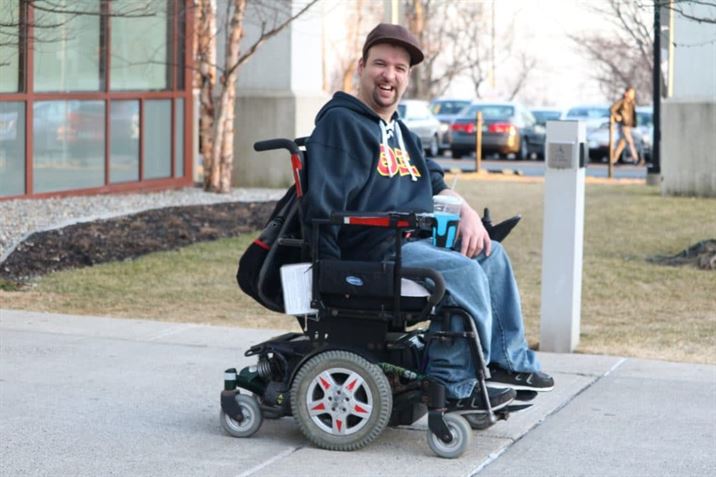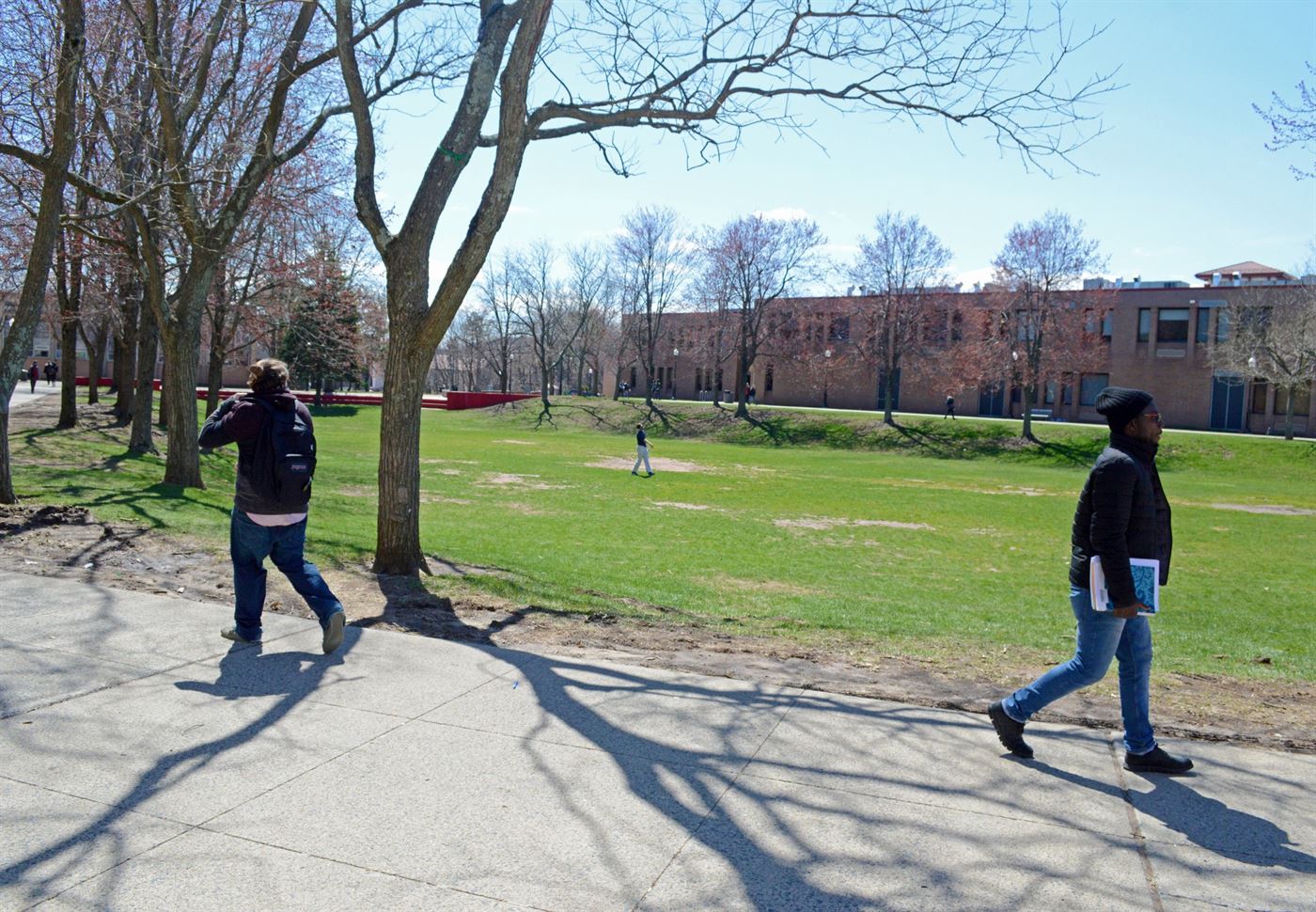For most students at Montclair State University, walking across campus is a simple task. However, walking is much harder for Marion Petite.
The junior marketing major has arthritis, which makes some tasks more difficult. Although Petite enjoys Montclair State, she feels the campus does not accommodate her disability.
“I love this school, that’s why I haven’t transferred, no matter what,” Petite said. “But they also don’t take into consideration that I have arthritis, so I don’t get a lot of help. I’m just out here on my own, already kind of in last place.”
Petite feels that although the school is limited by its budget, there are certain accommodations they could make, such as excusing absences more often or letting her park closer to her dorm. Petite said that she’s attempted multiple times to receive accommodations by filling out the required paperwork but is still refused. She said the school has never explained why they cannot accommodate her but told her they “can’t give her special treatment.”
While Petite’s experiences are unique, they are not isolated. A portion of the Montclair State community feels that the school is ableist and can be doing more to accommodate people with physical disabilities.
Other Student Views
Jessica Yphantides, a junior studying family science and human development, researched disability access on campus for a class. She noticed many issues such as several buildings without elevators, like Hawk Crossings and Webster Hall, seats that are designed only for right-handed or slimmer people, longer paths for people who can’t use stairs, and many other issues.
Yphantides said that even with budget restrictions, the administration could be doing more to communicate with disabled people in order to better accommodate them.
“People shouldn’t have to talk to The Montclarion to get these things done,” Yphantides said. “There should be more outreach to students with disabilities. I don’t think an able-bodied person will ever be able to fully understand what someone with a physical or neurological disability is going through. I feel like there should be more communication and then proceeding from there to make sure that everything is accessible for everyone.”
While many students have concerns, some students with disabilities feel the university is fair at accommodating their needs.
Visually impaired student Allison Van Etten said that the staff at the university is very accommodating to her disability, including her American sign language teacher. She said there are little things that would help make going to university more convenient, like having additional braille for the directions on room number signs in University Hall.
The Administration Side
Vice President for Student Development and Campus Life Dr. Karen Pennington said that as the university continues to grow, disability requirements will be better achieved.
“I think that we are a big campus, we are also an old campus and many of the buildings and facilities were built before the country had a sensibility about disability concerns,” Pennington said. “Everything new would meet the requirements. Everything old, we’re working on and we will have to continue working on.”
Pennington encourages students to report to the administration or the federal Americans with Disabilities Act (ADA) about problems and concerns. One of the concerns set to be fixed in the future is the need for different desks.
“If there are things we are missing, which are entirely possible, we want students to tell us so that we can do what we can to fix the problem,” Pennington said.
Approximately 1,200 students are registered with the Disability Resource Center (DRC), with most students registered for nonphysical disabilities. The DRC web section says the school can provide a list of services ranging from notetakers to reading softwares.
Montclair State has to follow ADA Title II guidelines as a public university and Section 504 of the Rehabilitation Act as a federally funded college, which means it must make all programs and extracurricular activities accessible to people with disabilities.
This past school year, Montclair State has been working to improve Canvas to make online coursework accessible for people with disabilities.
“IT has taken the lead on guidelines to make instructional materials within Canvas more accessible,” said Vice President for Information Technology Candace Flemming in a written statement. “In December, IT launched a Digital Accessibility web site providing guidelines and references, accessed via https://www.montclair.edu/digital-accessibility-initiative/. This spring, IT launched self-paced training materials and in-person classes to assist faculty with making their Canvas sites and instructional content accessible.”
Students Making Change
As reported in a previous The Montclarion article, Kenan Tutkan, a Theta Xi brother with cerebral palsy (CP), went around this past year with administration to address issues on campus that handicapped students face. Ramps and cracks on campus that needed improvement have been fixed because he and his fraternity brothers have addressed them.

Senior English major Kenan Tutkan who has cerebral palsy (CP), the impairment of motor function, poses in front of the Student Recreation Center.
Chanila German | The Montclarion
“I’m trying to find every spot that I can find for other people besides myself,” Tutkan said.
While there are many issues being addressed currently, this is not the first time students have had concerns about accessibility on campus.
In 2015, Matthew Flanagan, a former graduate student who studied teaching in elementary and special education, made a petition to address the amount of broken handicap doors on campus. The petition on change.org received 66 signatures.
Flanagan also created a Facebook page where he posted videos of handicap doors that were broken. In an email, Flanagan discussed that by working with university staff he was able to fix many of the doors and set the groundwork for increased accessibility.
“A community of practice that prioritizes voices, experiences and needs of both students and the staff needed to both support solutions seeking the continuation/commitment of the university to work around accessibility could hold profound positive impact for accessibility on campus,” Flanagan said. “For MSU to take an active role in resolving issues of accessibility, it must take actions to provide a collaborative forum for students and staff to take equal ownership in efforts to improve it.”



